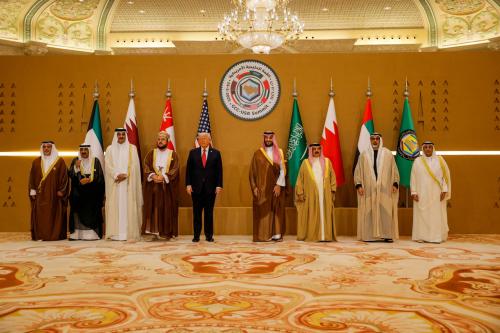Al Qaeda is obsessed with remembering the Manhattan Raid, as it calls the terrorist attacks of Sept. 11, 2001. To mark 10 years after 9/11, Osama bin Laden was hard at work planning an anniversary attack on the United States, according to information found in his compound in Abbottabad, Pakistan, and his organization has tried several times to stage mass-casualty attacks on the anniversaries of its most important operation.
The U.S. intelligence community reportedly found evidence in computers and other material captured in the Abbottabad raid showing that in the weeks before his death, bin Laden was weighing how to stage a 10th-anniversary attack on America with other senior al Qaeda operatives, including Attiyah Abu Rahman, one of al Qaeda’s most senior operations planners. The intercepted communications focused on selecting operatives for an attack, but the target was apparently not clear in the information found in his hideout.
Al Qaeda has every reason to be obsessed with 9/11. The plot that toppled the World Trade Center towers and damaged the Pentagon cost al Qaeda less than half a million dollars to pull off, according the 9/11 Commission report. The property damage alone cost about $100 billion, and estimates of the total economic damage inflicted by the attack range up to $2 trillion. The cost of the two wars in Afghanistan and Iraq that flowed out of the 9/11 tragedy has been estimated recently by Brown University scholars at about $4 trillion. Al Qaeda pulled off the world’s cheapest global game changer ever on Sept. 11, 2001, and we are still living with the consequences and costs.
Every year since then al Qaeda has at least issued a lengthy statement remembering its 19 hijackers and encouraging its followers to keep fighting America on battlefields around the world. Sometimes these missives have included pre-taped video messages from one of the 9/11 terrorists. They always include a roundup of al Qaeda’s view of recent events in the global struggle with America; in effect, a state of the global jihad. Inevitably al Qaeda claims it is bleeding America economically and wearing down our will. This year it is sure to claim victory is close at hand in Iraq, with American forces scheduled to depart by year’s end, and that victory is coming in Afghanistan, with the first withdrawal of American and other NATO troops starting.
Al Qaeda also has tried to mark the anniversary in the past with spectacular terror attacks. Twice it has come very close. For the fifth anniversary, in 2006, al Qaeda planned simultaneous explosions on as many as 10 jumbo jets flying from the United Kingdom to the U.S. and Canada, with liquid explosives brought on board by 20 or so suicide bombers. The terrorists had already been selected, some had done their martyrdom videos, and the explosives were prepared when British intelligence disrupted the plot in August 2006. Several of the terrorists have been convicted of the conspiracy. Their bombs would have worked, according to experts who examined the evidence, and all forensic evidence of the crime would have settled to the bottom of the Atlantic. Trans-Atlantic air traffic would have come to an end; no one in their right mind would insure flights. The targets chosen for the attacks included flights to Chicago, New York, San Francisco, Montreal, and Toronto. Such an attack would have been a second global game changer.
The key mastermind in the 2006 plot was a British citizen of Pakistani origin named Rashid Rauf. Born in Birmingham, he shuttled between the terrorists in the U.K and al Qaeda’s senior leadership in Pakistan, putting the plan together. Other evidence found in Abbottabad shows that bin Laden was involved in the planning in 2006. Rauf was arrested by the Pakistani intelligence service, the ISI, when the plot was rolled up in England, but escaped less than a year later, probably with inside help.
Rauf, as well as bin Laden, was involved in al Qaeda’s next big anniversary plot, in 2009. This time he had taught an Afghan American named Najibullah Zazi in Pakistan how to make bombs to be used on the New York City subway system. Zazi and two other Americans planned to blow themselves up on the first Monday after 9/11 at 9 a.m., the peak of rush hour, and attack commuters on trains at Times Square, Grand Central, and the Port Authority stations. The attack would have been a North American repeat of al Qaeda’s attacks in Madrid and London that killed or wounded thousands of Spanish and British civilians in 2003 and 2005. The FBI arrested the three on the eve of the attack, and Zazi later confessed. Rauf may have died in a drone strike since, but that is uncertain.
So al Qaeda has motive and intent. Its new leader, Ayman al-Zawahiri, has been involved in all the past plots and has been a regular performer in the annual state of the jihad video messages. No doubt he is trying to put together another attack.
The Brookings Institution is committed to quality, independence, and impact.
We are supported by a diverse array of funders. In line with our values and policies, each Brookings publication represents the sole views of its author(s).



Commentary
Op-edAl Qaeda’s 9/11 Obsession
July 15, 2011